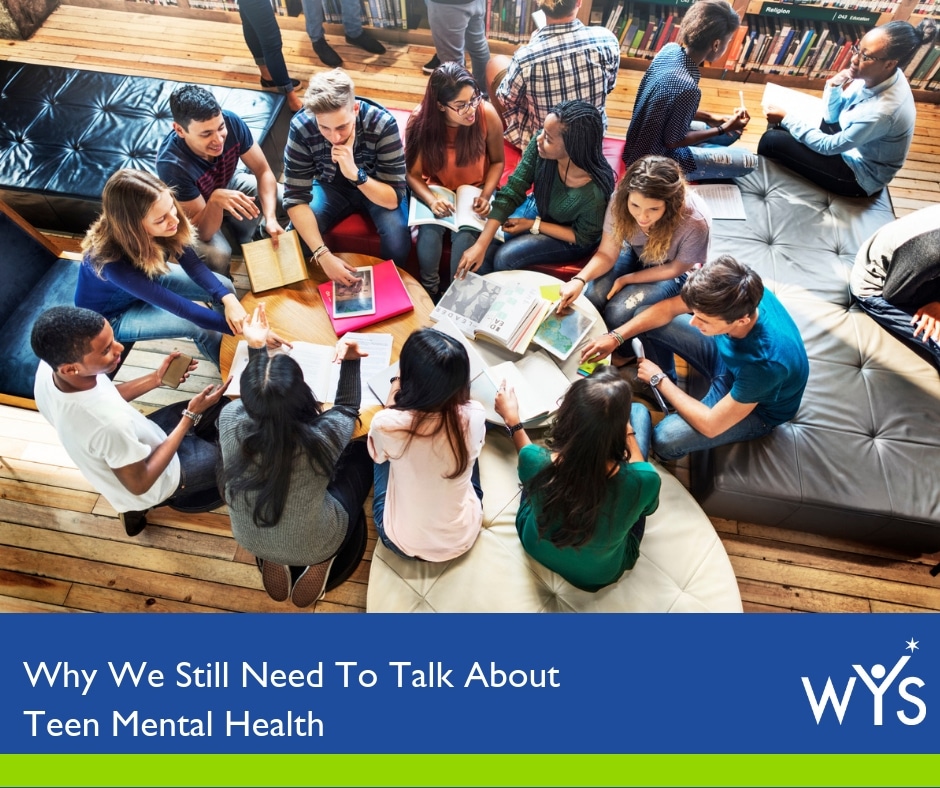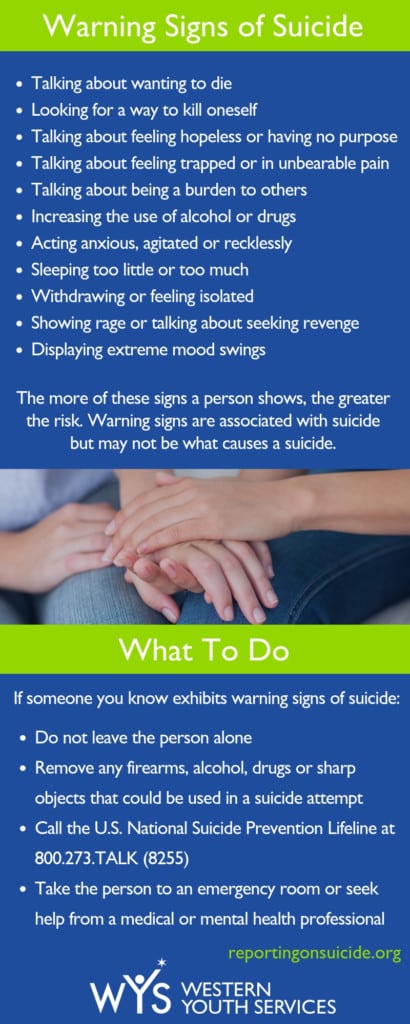
Why We Still Need To Talk About Teen Mental Health
We created our series 13 Reasons Why We MUST Talk About Teen Mental Health because when the Netflix original series, 13 Reasons Why, aired there was tremendous controversy surrounding it. The show shares the fictional story of a high school student named Hannah Baker, who through a series of tapes, offers a rationale for why she completed suicide. We took the position of engaging in the dialog and supporting those who were affected by the material. The information portrayed in the series was public and it could not be taken back. It provided an opportunity to have really crucial conversations about teen mental health.
Why Talk About Teen Mental Health?
Why is this a crucial conversation? Because one in five children have a diagnosable mental health condition.
This number is outrageous and of those only about a third get the treatment that they desperately need. And when mental health conditions go untreated there are a number of other public health problems that can occur.
When we are able to have ongoing conversations about teen mental health, we save lives!
We must have conversations about mental health conditions and eliminate the stigma. In addition, we need to promote asking for help.
We can no longer just shove this topic under the rug or think that it’s going to go away. Trying to place blame on adolescents, parents, teachers or institutions won’t help either. Because of the stigma, sometimes parents and caregivers think that their child’s mental health condition is a reflection on them. They fear being shamed or blamed if they are to reach out for help. This has to change!
We must be able to seek help with the support of those around us.
Why Create A List?
When we created our list of 13 Reasons we wanted to include some mental health conditions, as well as some of the related behaviors and correlated causes, such as toxic stress and adverse childhood experiences. We knew we were not going to be able to cover all associated topics but felt it was important to highlight the following:
- Embarrassment and Shame
- Social Isolation and Withdrawal
- Loss
- Abuse which includes domestic violence, physical abuse, rape, sexual assault, teen dating violence, verbal, emotional and spiritual abuse
- Neglect
- Bullying and Cyberbullying
- Peer Pressure
- Drug and Alcohol Abuse
- Anxiety
- Eating Disorders
- Self-harm
- Suicide is never a solution. It is an irreversible choice regarding a temporary problem. There is help. If you are struggling with thoughts of suicide or know someone who is, talk to a trusted adult, call 1-800-273 TALK (8255), or text “START” to 741741.
Included in almost every article are suggestions for prevention, warning signs, and specific resources for each topic.
Why Share Mental Health Resources?
One of the main things that I learned through the process of writing our series is that people don’t know what is available to them. There are a lot of really good resources. Not only online, but locally and nationally. Resources for teens, parents, and concerned community members to get help for themselves and those they love. Options include talking to a live person via phone, texting and in some cases using live-chat from various digital devices. The great news is that resources are available.
What is really critical is that people don’t necessarily know when to ask for help. Then when they want to find help, they may not know where to find the resources that are available. It is so important that we all know how to access resources when faced with things outside of our understanding and/or control.
A helpful aspect of having so many resources available is the ability to find the right fit. If you don’t find the right resource the first time you pick up the phone or look for information on the internet, just keep at it. Keep looking, keep asking. Until you find what you, your child or your friend need.
What May Have Happened?
We need to shift our thinking from, “What’s wrong with you?” to “What may have happened and how can I help?” Equally important is the way we ask questions and approach each teen. We must be able to express genuine concern for the well-being of the children and youth in our lives.
In speaking to different young people, they often tell me that the tone we take or manner in which we might ask “What happened?” sometimes this implies the underlying message is still, “What’s wrong with you?” Therefore, we have to really be mindful of how we’re asking questions.
In fact, knowing what may have happened is usually not important but expressing genuine concern is. Sometimes the best thing to say may be: “I’m concerned about your well-being” or “I’m concerned for you. I care about you.” Then follow it up with specifics such as, “I noticed that you’ve been spending a lot of time in your room or I noticed that you haven’t taken a shower in a few days.”
Noticing these little things that are concerning to you without passing judgment on them is very important. It does two things. It lets the person know that you’re paying attention and then it also lets them know that you really have a level of concern for them.
How Does Western Youth Services Help?
Western Youth Services (WYS) has helped countless people start these important conversations since we opened the Teenage Resource Center in 1972. We are acutely aware of the signs and symptoms of intensive mental health needs and work directly with children, youth and families. Through our decades of work, we are knowledgeable about the common precursors to crises and the risk factors associated with mental health conditions.
At WYS, we are experts in mitigating the devastating effects of toxic stress and childhood trauma through our evidence-based and evidence-informed practices and treatment.
WYS has numerous stories of healing, in which our clients have minimized the impact of adversity, developed their resiliency muscles, and go on to lead fulfilling lives. We recognize that each story began with a conversation, and we hope that our series provides a starting point for more important conversations to help young people share what is really going on in their hearts and in their minds.
At the conclusion of our series, I hope that we all agree that the way we did things in the past can no longer be the way we do things in the future. We’ve got to make sure that we keep mental health concerns and conditions out in the open and continue to work together to seek answers for how we can best help.
The time to talk about teen mental health is still NOW!

Lorry Leigh Belhumeur, Ph.D.
Chief Executive Officer
Western Youth Services








